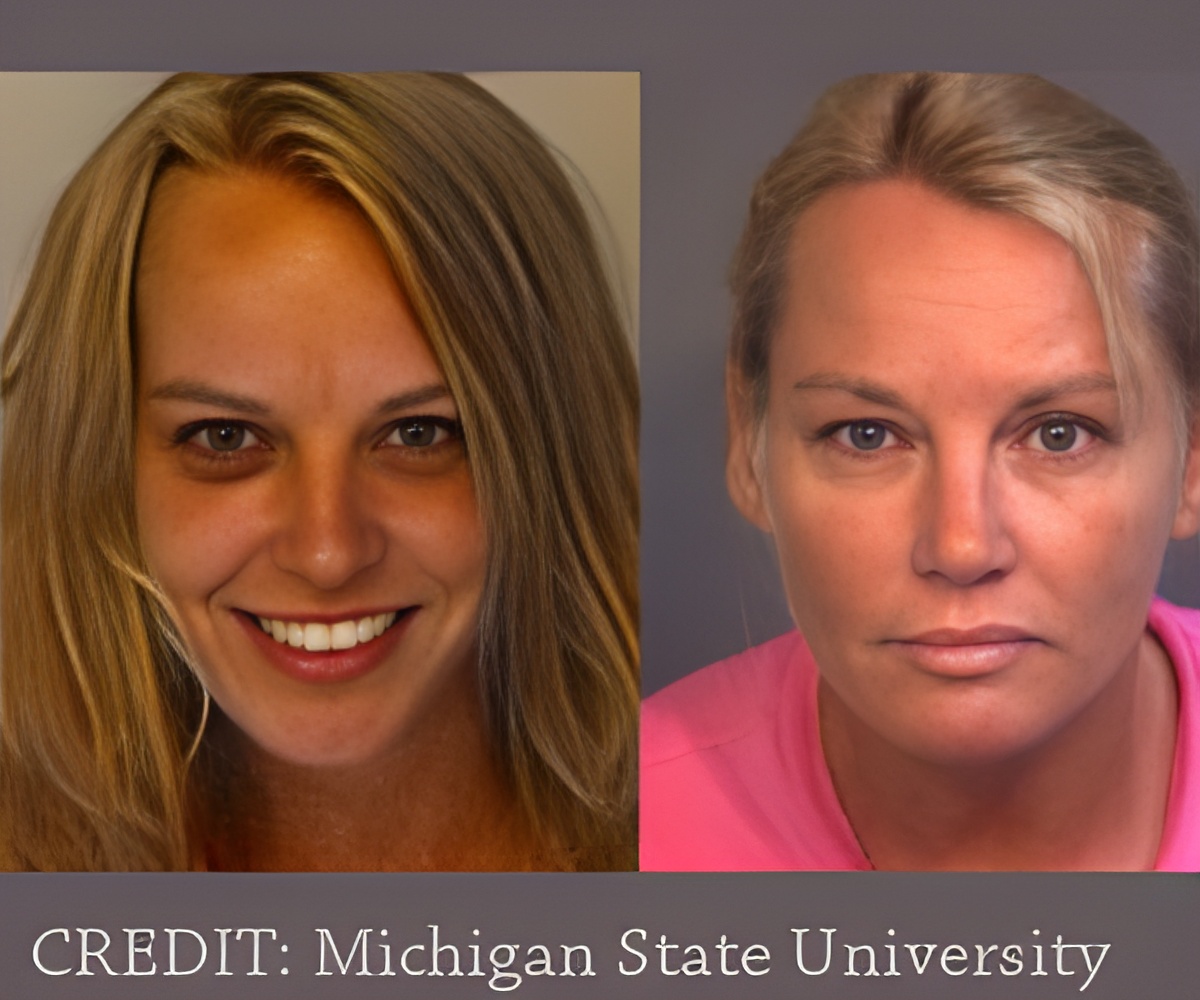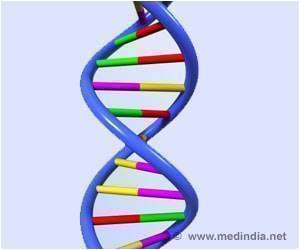New tool measures the rate of aging that may change by behavioral or drug therapy, or by changes to the environment.

TOP INSIGHT
The range of values extend from just above 0.6 (indicating an aging rate nearly 40 percent slower than the norm) to nearly 1.4 (indicating an aging rate 40 percent faster than the norm).
In other analyses, the researchers showed that DunedinPoAm captured new information not measured by proposed measures of biological aging known as epigenetic clocks, that 18-year-olds with histories of childhood poverty and victimization showed faster aging as measured by DunedinPoAm, and that DunedinPoAm predictions were disrupted by a caloric restriction intervention in a randomized trial.
In a 2015 paper, Belsky and colleagues at Duke University, who also collaborated on this study, tracked a battery of clinical tests measured in 954 members of the Dunedin Study birth cohort when the participants were 26, 32, and 38 years old to measure their rate of aging (PNAS paper). A striking finding of that earlier study was that the rate of biological aging was already highly variable in young adults who had not yet developed chronic disease.
But the measure the researchers developed in that earlier study, called "Pace of Aging", required long-follow-up time and in-depth clinical assessment.
"It wasn’t very useful for studies that need to test the impact of a new drug or lifestyle intervention in a matter of a few years," said Belsky.
Slowing the pace of aging is an emerging frontier in medical research as a novel approach to preventing multiple chronic diseases.
"We focused our analysis on DNA methylation in white blood cells because these molecular markers are relatively easy to measure and have shown great promise in previous research on aging," explained Belsky.
The study included analysis of data from the NZ-based Dunedin Study, the UK-based Understanding Society and E-Risk Studies, the U.S.-based Normative Aging Study, and the CALERIE randomized trial.
Previous studies have attempted to measure aging by analyzing DNA methylation differences between people of different chronological ages.
"One limitation of this approach, noted Belsky, is that individuals born in different years have grown up under different historical conditions, with a possibility of more exposure to childhood diseases, tobacco smoke, airborne lead, and less exposure to antibiotics and other medications, as well as lower quality nutrition, all of which affect DNA methylation.
An alternative approach is to study individuals who were all born the same year, and find methylation patterns that differentiate those who have been aging biologically faster or slower than their same-age peers."
The authors used a machine-learning technique called "elastic-net regression" to sift through data on more than 400,000 different DNA methylation marks to find the ones that related to the physiological changes captured in their Pace of Aging measure. In the end, the analysis identified a set of 46 methylation marks that, together, measured Pace of Aging. The 46 marks are combined together according in an algorithm the researchers named "DunedinPoAm" for Dunedin (P)ace (o)f (A)ging in (m)ethylation.
The average person has a DunedinPoAm value of 1 - indicating 1 year of biological aging per chronological year. Among Dunedin Study participants, the range of values extend from just above 0.6 (indicating an aging rate nearly 40 percent slower than the norm) to nearly 1.4 (indicating an aging rate 40 percent faster than the norm).
Source-Eurekalert
 MEDINDIA
MEDINDIA




 Email
Email






